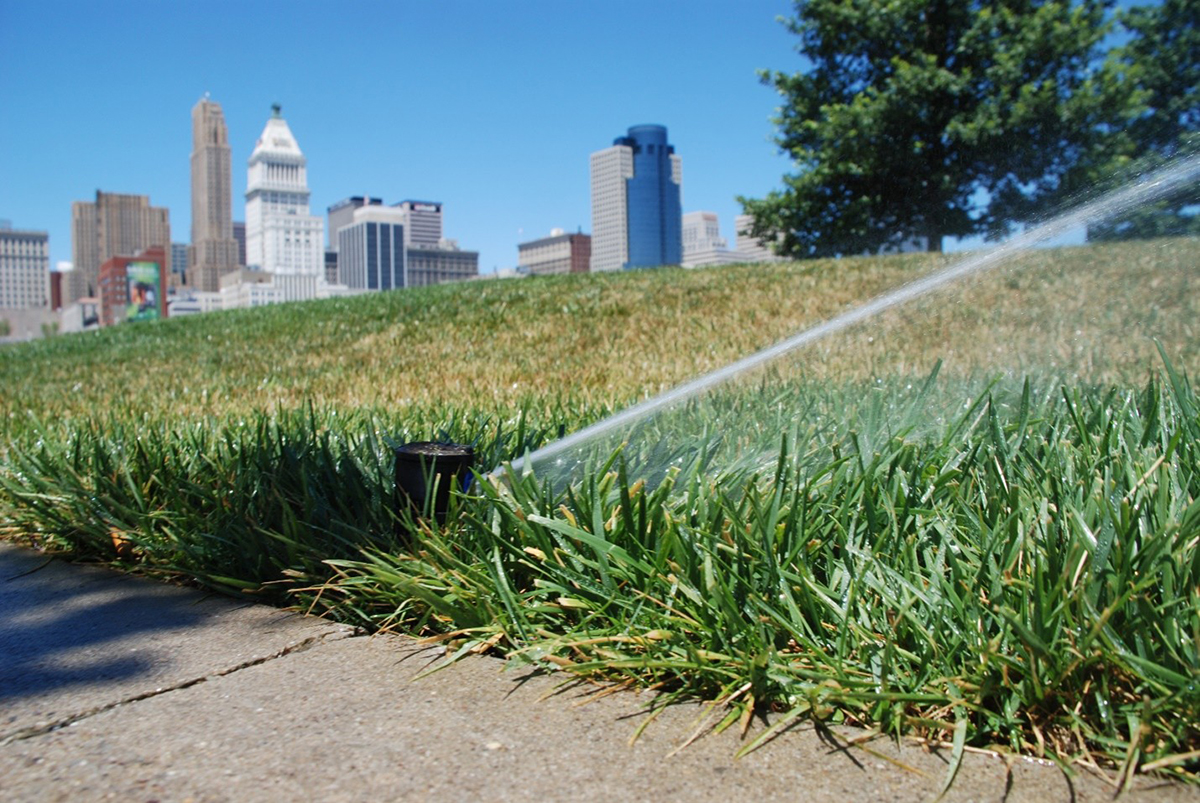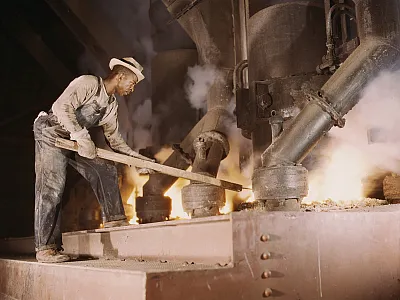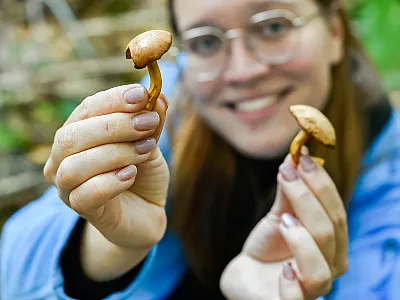Water use in turfgrass the focus of a new collection of papers

A new collection of 30 papers published in Crop, Forage, & Turfgrass Management brings together research on turfgrass water conservation. These wide-ranging papers cover topics from crop coefficients and evapotranspiration, drought tolerance and recovery, irrigation strategies, soil surfactants, species use, technology, water quality, and more.
Turfgrass water conservation has long been a subject of research (Braun et al., 2022). Early research on water use in turfgrass systems improved our understanding of the influence of soils on water availability and plant water loss from climatic and management factors, which led to the development of early water conservation strategies. This work provided the building blocks for modern research, which is now focused on genetics to enhance drought tolerance, irrigation application strategies to promote water savings, non-potable reclaimed water uses to conserve drinking water, and new technologies that enhance the efficient use of water over space and time.
A collection of 30 papers published in Crop, Forage, & Turfgrass Management brings together research on this topic. These wide-ranging papers cover topics from crop coefficients and evapotranspiration, drought tolerance and recovery, irrigation strategies, soil surfactants, species use, technology, water quality, and more. Below is a sample of the topics included in this virtual issue.
Goldsby et al. (2015) examined the importance of Kentucky bluegrass cultivar selection on drought tolerance and report on the ability of novel cultivars to withstand chronic drought and rapidly recover following rainfall or irrigation.
Powlen and Bigelow (2023) assessed the use of using green turf cover thresholds as an irrigation strategy for golf course fairways and reported a significant water savings over an evapotranspiration (ET) replacement approach.
Barnes, Yue, and Watkins (2021) studied homeowner perceptions of municipal lawn-watering restrictions. They reported the importance of engaging community residents in policy making to improve water conservation and the viability of voluntary water restrictions as an alternative approach to achieve sustainability.
Sandor, Karcher, & Richardson (2022) examined the use of smart sensors to aid in lawn irrigation decision making. They report a return on investment of up to $200 and a water savings that amounted to thousands of gallons that can result from one summer of using soil moisture sensors in lawns.
Finally, Braun et al. (2023) review, discuss, and recommend specific strategies to improve irrigation efficiency and reduce water use in turfgrass systems through technology adoption and other management and water use strategies.
The full collection of water conservation and use papers found in this virtual issue provides a comprehensive look at the recent research efforts and contributions to this important area of research.
References
Barnes, M. R., Yue, C., & Watkins, E. (2021). Homeowner perceptions of watering restriction scenarios in the Minneapolis–St. Paul metropolitan area. Crop, Forage & Turfgrass Management, 7(2), e20131. https://doi.org/10.1002/cft2.20131
Braun, R. C., Bremer, D. J., Ebdon, J. S., Fry, J. D., & Patton, A. J. (2022). Review of cool‐season turfgrass water use and requirements: I. Evapotranspiration and responses to deficit irrigation. Crop Science, 62(5), 1661-1684. https://doi.org/10.1002/csc2.20791
Braun, R. C., Straw, C. M., Soldat, D. J., Bekken, M. A., Patton, A. J., Lonsdorf, E. V., & Horgan, B. P. (2023). Strategies for reducing inputs and emissions in turfgrass systems. Crop, Forage & Turfgrass Management, 9(1), e20218. https://doi.org/10.1002/cft2.20218
Goldsby, A. L., Bremer, D. J., Fry, J. D., & Keeley, S. J. (2015). Response and recovery characteristics of Kentucky bluegrass cultivars to extended drought. Crop, Forage & Turfgrass Management, 1(1), 1-8. https://doi.org/10.2134/cftm2014.0087
Powlen, J. S., & Bigelow, C. A. (2023). Cool‐season golf course fairway species irrigation requirements under limited irrigation. Crop, Forage & Turfgrass Management, 9(1), e20205. https://doi.org/10.1002/cft2.20205
Sandor, D., Karcher, D., & Richardson, M. (2022). Return on investment and water savings of add‐on irrigation sensors for bermudagrass lawn irrigation in Northwest Arkansas. Crop, Forage & Turfgrass Management, 8(2), e20181. https://doi.org/10.1002/cft2.20181
Text © . The authors. CC BY-NC-ND 4.0. Except where otherwise noted, images are subject to copyright. Any reuse without express permission from the copyright owner is prohibited.











